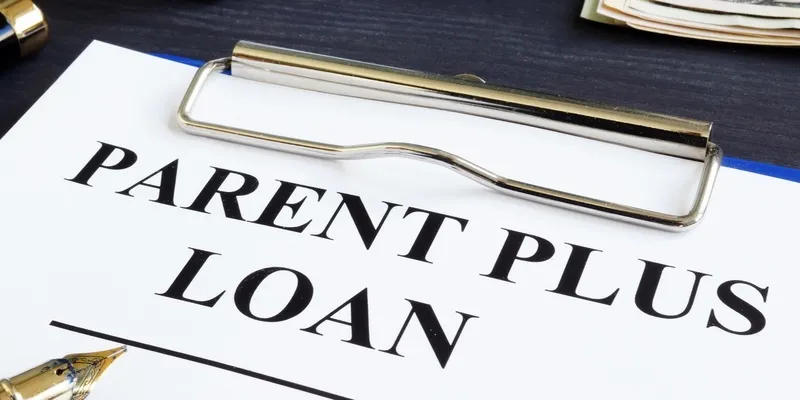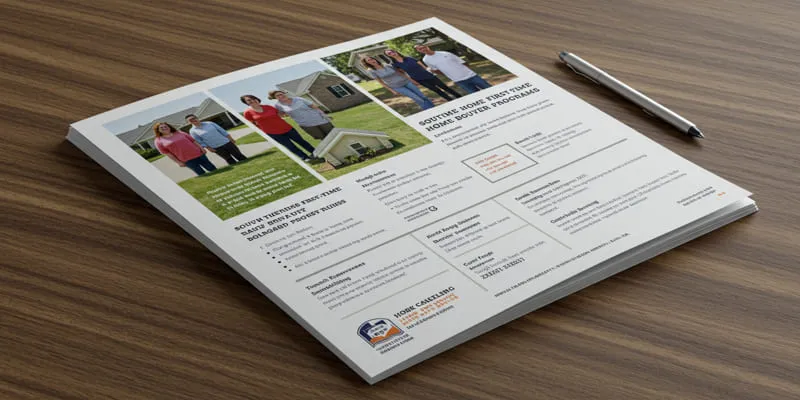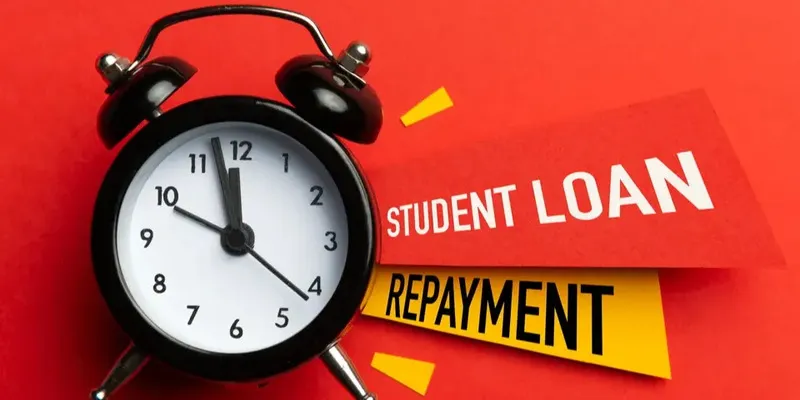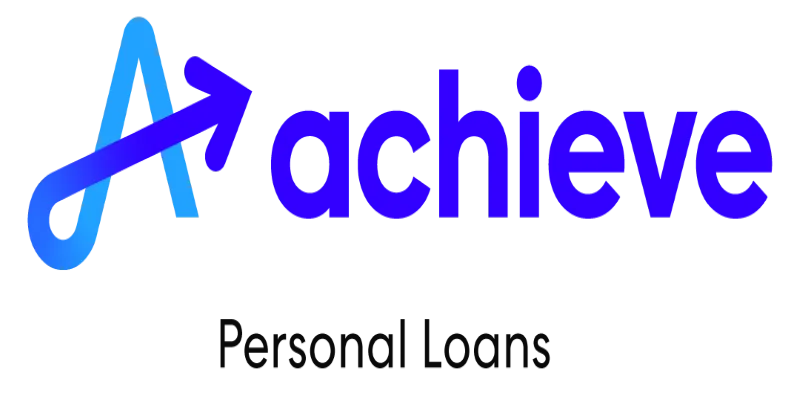Unlocking the Benefits of VA Cash-Out Refinance: Your Guide to Home Financing
VA Cash-Out Refinance offers a valuable opportunity for veterans and active service members to access the equity in their homes. This refinancing program is designed to provide financial flexibility by enabling homeowners to refinance their mortgage, withdraw cash, and use it for personal or financial needs like debt consolidation, home improvements, or education. Additionally, it allows the conversion of non-VA mortgages to VA- backed loans, enabling borrowers to benefit from VA loan advantages. With the shifting economic landscape, understanding how VA Cash-Out Refinance works ensures homeowners make informed financial decisions.
What is VA Cash-Out Refinance?

A VA Cash-Out Refinance allows qualified homeowners to exchange their existing mortgage for a new one with a higher loan amount, enabling them to access the difference in cash. This cash can be used for various financial purposes. The VA loan also permits refinancing up to 100% of the home’s value, which is often not possible with conventional loans.
Homeowners can also convert existing non-VA mortgages into VA loans, gaining access to benefits such as competitive interest rates, no requirement for private mortgage insurance (PMI), and higher borrowing limits. As a result, VA Cash-Out Refinance is commonly chosen by veterans seeking both cash and improved loan terms.
Eligibility Requirements
To be eligible for a VA Cash-Out Refinance , applicants must meet specific criteria that align with VA loan standards, ensuring they demonstrate financial stability and meet necessary lending requirements.
- Certificate of Eligibility (COE) : This document verifies the borrower’s eligibility for VA loan benefits. Veterans, active-duty service members, and members of the National Guard or Reserves must present a COE, confirming they meet service-related requirements.
- Credit Score and Income Standards : Although the VA does not impose a minimum credit score, most lenders expect a score of at least 620. Applicants also need to demonstrate a stable income and maintain a healthy debt-to-income (DTI) ratio, typically below 41%.
- Loan Seasoning Requirement : Borrowers must make at least six consecutive, on-time payments on their current mortgage before applying for a cash-out refinance.
- Primary Residence Requirement : The property being refinanced must serve as the borrower’s primary residence, ensuring they intend to live in the home post-refinance.
Meeting these criteria ensures applicants are financially prepared for refinancing responsibilities and enhances their chances of securing favorable loan terms from VA-approved lenders.
Benefits of VA Cash-Out Refinance
VA Cash-Out Refinance offers several advantages:
- Cash Access for Major Expenses : Homeowners can fund significant expenses like medical bills, education costs, or home renovations.
- Lower Interest Rates : VA loans often feature lower interest rates than conventional loans, reducing monthly payments and overall borrowing costs.
- No PMI Requirement : Even with high loan-to-value (LTV) ratios, VA loans do not require private mortgage insurance, saving borrowers additional costs.
- Debt Consolidation : Veterans can use the cash from the refinance to consolidate high-interest debts into one manageable payment with a lower interest rate.
- Conversion of Non-VA Loans : Borrowers with conventional or FHA loans can switch to a VA loan, benefiting from lower rates and better terms.
These advantages make VA Cash-Out Refinance a versatile financial tool, especially for veterans seeking to manage or improve their financial health.
Process and Considerations
Obtaining a VA Cash-Out Refinance involves several steps:
- Find a VA-Approved Lender : Choose a VA-approved lender to initiate the refinancing process. Compare offers from multiple lenders to find the most favorable terms and competitive interest rates.
- Obtain Your COE : The Certificate of Eligibility (COE) verifies entitlement to VA loan benefits. Borrowers can request this certificate through their lender or directly from the VA.
- Appraisal and Documentation : A professional appraisal determines the home’s current market value, affecting borrowing capacity. Borrowers must also provide financial documents, such as pay stubs, tax returns, and mortgage statements.
- Loan Terms Review : After evaluating the application, the lender will issue a loan estimate outlining crucial details, including the loan amount, interest rate, and estimated monthly payments.
- Close the Loan : At closing, borrowers sign all necessary documents to secure the new loan. Loan funds are typically disbursed shortly after.
Key Considerations
- VA Funding Fee : A one-time fee supports the loan program. First-time users pay 2.15% of the loan amount; those reusing the benefit pay 3.3%.
- Loan-to-Value Ratio (LTV) : Borrowers can refinance up to 100% of their home’s appraised value. A higher LTV may limit future borrowing potential.
- Closing Costs : While some closing costs can be financed, they increase the total loan amount and should be considered carefully.

- Interest Rate Environment : Market rates influence the new loan’s terms. Compare offers to secure a competitive interest rate.
Conclusion
VA Cash-Out Refinance offers a practical solution for veterans and service members looking to access their home equity. It provides financial flexibility, competitive interest rates, and the opportunity to convert non-VA loans into VA-backed ones. However, borrowers should carefully consider the costs, including the VA funding fee and closing expenses. With market conditions fluctuating, consulting with a trusted loan officer helps veterans make the most of their refinancing options.











